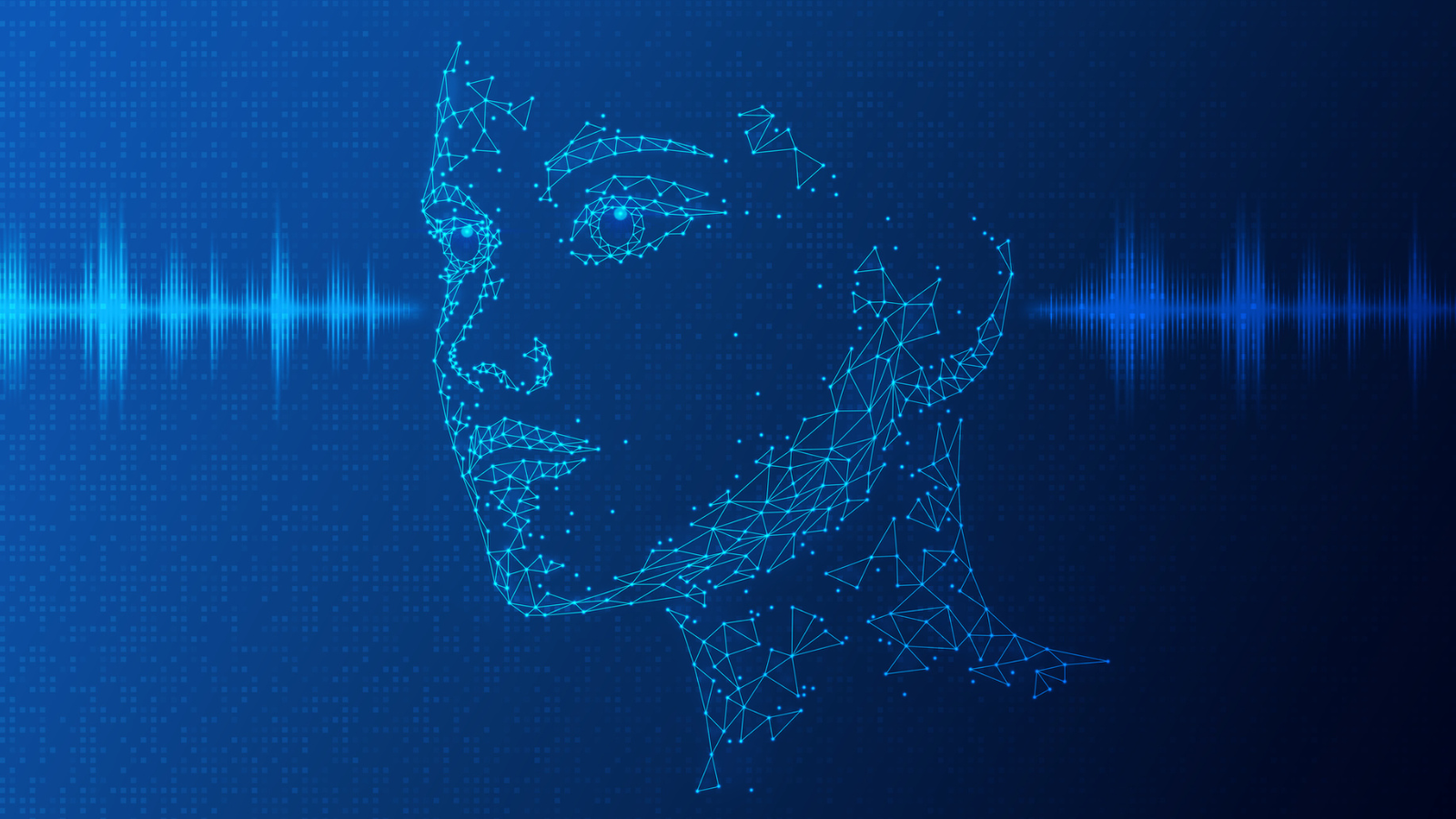Humans have been gifted with a remarkable and complex ability to communicate - one that computers have yet to master, especially considering that the sphere of human language includes 7,117 known languages spoken worldwide. The Chinese language alone has 8 main variants, and Arabic has more than 20.
Even for humans, analyzing and correctly interpreting human language can be difficult, especially for more complex concepts such as sarcasm. This helps contextualize just how much effort it takes to teach machines the nuances of language that mostly come naturally to us.
The Need for NLP
Natural Language Processing (NLP) enables machines to understand text and spoken words like humans do. Giving computers this capability allows them to process and interpret copious amounts of data for many different applications and then use that knowledge to make 'intelligent' decisions, and it's come a long way.
From its inception, spurred by the need for automatic translations after WWII and its early applications like predictive text and email spam filters, to the voice assistants we've become accustomed to and reliant on, like Siri, Alexa, and Cortana, NLP has become an indispensable element of our lives.
Even in the scope of business, more companies are using NLP to power their services—think of chatbots— and the potential for improved performance remains high.
With the increasing use and need for NLP, the required data collected for training NLP models has become as complex as it is abundant. As ML algorithms become more precise in their aim to produce accurate output, the need for specific data sets is continually evolving.
Data Collection
The results of your NLP model depend, in part, on the quality of data you use to train it. The data used (whether real or synthetic) should reflect real-world and practical use cases.
For English ASR models, consider gathering audio recordings in various accents to cover a broader range (e.g., British, North American, and Australian).
For OCR models, that could be images of 'born digital' text and photographs of handwritten and printed text.
The more variations, the better. Audio data sets that include speakers of different age groups, gender, slang usage, and nationalities can give your NLP model more comprehension in understanding the fluidity present in language and how people speak.

Gathering all the data you need may entice you towards web scraping as it's a quicker solution to collecting data. After all, the internet is the biggest data repository in the world. Still, be aware of its caveats. For one, collecting data from the web likely includes sensitive data, which means factoring in privacy regulations that differ from country to country.
All About Annotation
Teaching computers our language means the data must be tagged and classified to allow the computer to find patterns and draw conclusions. Data sets must be labeled accurately and in a way that's relevant to the task the machine is being asked to perform.
For NLP models, there are five main types of text annotation:
- Text Classification (annotating an entire body or line of text with a single label)
- Sentiment Annotation (flagging of emotion, opinion, or sentiment occurring within a body of text)
- Linguistic Annotation (labeling grammatical, semantic or phonetic elements in the text)
- Entity Annotation (tagging parts of speech, named entities and key words or phrases within a body of text)
- Semantic Annotation (attaching extra information to further explain user intent or domain specific definitions)
And there are four main types of audio annotation:
- Speech-to-Text Transcription (transcribing recorded speech into text and identifying words& sounds that the person pronounces and punctuation)
- NLU or Natural Language Utterance (annotating human speech to identify details like semantics, dialects, intonation, and context)
- Speech or Sound Labeling (categorizing audio clips into linguistic qualities and non-verbal sounds)
- Event Tracking (label overlapping sounds that occur in a multi-source scenario)
With accurate annotations being the lifeblood of your NLP models, ensuring their quality should be a priority. Since most annotations are performed manually by humans, it introduces the likelihood of human error. Circumventing this can include collecting multiple annotations for the same text (usually 3 per text).

Of course, the more annotators, the more possibilities for unique styles and understandings to come into play. It is one of the reasons why data annotation is considered one of the most significant limitations of AI. However, creating guidelines and best practices for your data annotators to follow can ensure consistency across all annotations.
And, of course, regularly test your data annotations for quality assurance.
We've Got You Covered
NLP is rapidly becoming one of the most powerful and sought-after technologies as more data becomes available and algorithms become increasingly advanced.
Do you need an NLP service?
From collection and annotation to validation (yes, it's a vital step you shouldn't skip), Argos has cemented itself in the market as a deliverer of custom NLP solutions for your AI training sets. Whether it's search relevance, chatbot localization, data collection, annotation or transcription we evaluate each project for fit-for-purpose rules and build systems that adapt to our clients' needs.
Whatever it is, we'd be happy to help.









